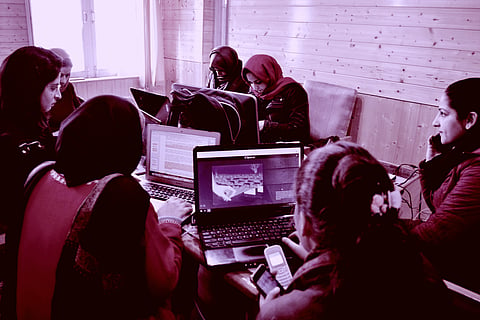When Masrat Zahra, a 26-year-old independent photojournalist, learned that the Jammu & Kashmir Cyber Police had booked her for posting pictures on social media this April, the ground beneath her feet began to shift. Which law was she being charged under? She scrolled anxiously through her social media feed to check which post had landed her in trouble. Eventually, friends called. They explained that she was being booked under a draconian anti-terrorism law called the Unlawful Activities (Prevention) Act (UAPA).
This is not the first time that a woman journalist has been a police target in Kashmir. Women journalists are often disrespected or abused at the hands of government forces. In September 2019, after the special status of Jammu & Kashmir was removed and it was divided into two union territories by India's Bharatiya Janata Party-led government, a female journalist was harassed by security forces. She was travelling to a government-run media facilitation centre for work.

